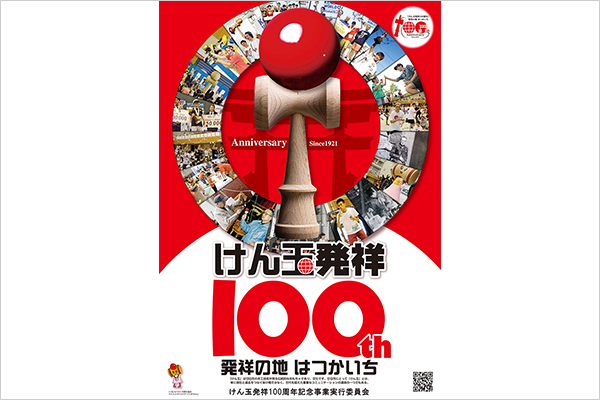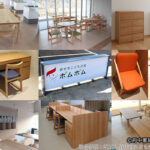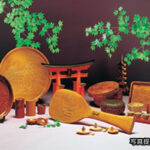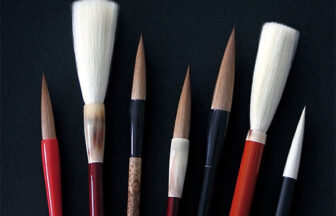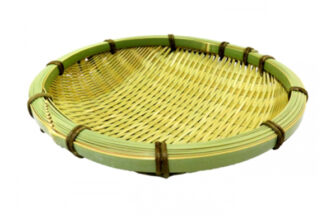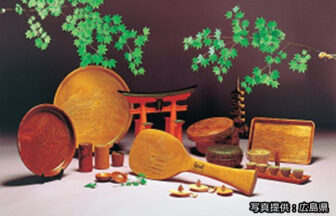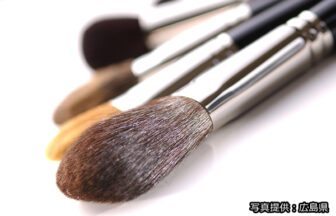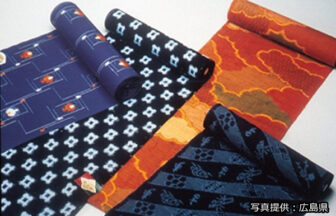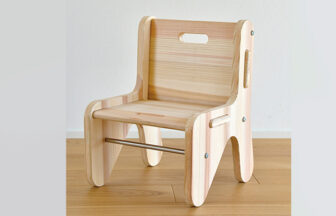Production Area
Hatsukaichi City, Hiroshima Prefecture
Historical Details and Geographic Characteristics
Kendama was introduced to Japan in the Edo period as a toy consisting of only a sword and a ball. It was in Hatsukaichi City that the kendama in its current form, improved by the addition of a pair of cups, was born. The inventor, a native of Kure, asked a furniture accessory manufacturer in Hatsukaichi by the name of Hongo, to produce a kendama with a dish called a “sun and moon ball” (nichigetsu ball), which was then completed in 1921 during the Taisho Era. Soon after, kendama manufacturing was mechanized, and with mass production, the toy spread across the country and became very popular.
Since then, the number of manufacturers increased, with several commercial successes, and in the 1970s, more than 400,000 kendama balls were produced annually, with the industry holding a high share of the national market. However, in 1998, production came to a halt due to the decline in the popularity of wooden toys, and in 2000, the Hatsukaichi City Wood Usage Center revived kendama production. Therefore, today, the industry is on the road to recovery with the participation of private businesses.
Hatsukaichi has long prospered as a source of lumber from the Chugoku Mountains, and the woodworking industry developed in the area thanks to wood-turning techniques. Since the Meiji period, wooden toys have been produced using these techniques, and this history of technical prowess is the reason why Hatsukaichi is the birthplace of kendama. In 2014, the city began hosting the Kendama World Cup to capitalize on the connection with kendama and its growing popularity overseas, and spots such as Kendama Park and street art have been established in various locations.



